"Old Table From The Seventeenth Century"
il on canvas - Canvas size: 122 X 112The hand and the pictorial style place this work in the context of Caspar Netscher, master of the Dutch school.
VERTMUNO AND POMONA
He is Vertumnus, she is Pomona; he is very much in love with her, but she has no intention of indulging in anyone. How to do it then? It is a story as ancient as the world: one chases, the other flees, but Vertumnus was a god and perhaps some more weapon than an ordinary mortal had. The story is told by our Ovid (I century poet) who, in the fourteenth book of his "Metamorphoses", tells of the trick with which the skilled god managed to conquer the beautiful goddess. Vertumnus was a deity of Etruscan origin, absorbed by the Romans, who presided over the changes of season (after all, his name derives from the Latin verb "vertere", that is 'to turn over', 'to change'), while Pomona, as the name suggests , was the patron goddess of fruits (from “pomum” = fruit), often represented as a 'prosperous' and 'abundant' woman. It seems that the goddess rejected any man, not allowing anyone to even get close, which is why - after disguising himself as a reaper, a soldier, a fisherman and so on and so forth - Vertumnus assumed the role of an old woman. In this way he at first succeeded in approaching the girl with a series of compliments, then, once he had stolen her benevolence, he began to make a speech to her: "Even the vine, which abandons itself embracing the elm, if it were not united to it, on the ground would lie limp. But the example of this plant says nothing to you and you avoid mating, you don't care to join.
But if you want to be wise, if you want to marry well and listen to this old woman who loves you more than all these, and more than you think, don't accept banal weddings and choose Vertumnus as your bedmate. I can guarantee you about him: he doesn't know himself any more than I know him. He does not wander frivolously around the world, no worldliness, and he does not like many who fall in love with every woman they see: you will be his first and last flame and he will dedicate his whole life to you alone. He then considers that he is young and from nature he has the gift of beauty, that he has the ability to transform himself in every aspect: order him the impossible, order will become what you want ". That said, the god resumed his likeness, appearing more dazzling than ever, and Pomona was overcome by love. Vertumnus and Pomona were not by chance the divinities in charge of changing seasons, so each period of the year is characterized by different fruits; their story, however, is also a simile of marriage: the vine that leans on the elm, that is the woman who needs support (the man) in order to thrive; in addition to this, the seduction scene is also interesting, with the classic use of the 'comare' who speaks well of the candidate on duty (in this case it is the god who sings his praises).
Caspar Netscher
Born: 1639 - Death: January 15, 1684,
Caspar Netscher, sometimes called Gaspar, was a prominent Dutch Golden Age painter. It is a period, within the Baroque seventeenth century, characterized by a cultural movement that brought notable advancement in the Dutch sciences, Baroque art and economy. Netscher was an artist comparable to Rembrandt (1606-1669) and Johannes Vermeer (1632-1675).
Known as a portrait painter, he can be considered together with other famous Dutch portrait painters, such as Willem Drost (1633 - 1659), Caesar van Everdingen (1616 - 1678), Govert Flinck (1615 - 1660), Frans Hals (1580 - 1666) , and Nicolaes Maes (1634 - 1693). He was also a genre painter, creating scenes of everyday life. We do not have precise information on his early life, but it seems that his mother fled Poland at war with her three children, but that Caspar was the only one to arrive alive in Holland. However, it has also been said that he could be the son of an artist from Prague.
We know that he began his apprenticeship with the painter Hendrick Coster, in Arnhem, and then with the Dutch painter Gerard ter Borch (1617 - 1681), in Deventer. He was his protégé for four years and later, like many of his contemporaries, he wanted to go to Italy to study masters. However he stopped in France, where he worked and married, but then returned to The Hague. Here, after 1662, he found a generous patron in the aristocrat William III (1650-1681).
Many of his early works imitate his teacher Borch, but as a portraitist he found a style that was more appreciated at the time. Thanks to his reputation and to William III's commissions, he worked for the English royal court, portraying Charles II and created biblical and mythological works for the German aristocracy. Examples of this period are The lacemaker and The cook, which is now in the Uffizi, while among the portraits of him we remember the Portrait of a gentleman in a red coat, among many others of royalty.
L'œuvre sera expédiée dans une caisse en bois et sera accompagnée d'un CERTIFICAT D'AUTHENTICITÉ
L'œuvre sera expédiée dans une caisse en bois et sera accompagnée d'un CERTIFICAT D'AUTHENTICITÉ
L'opera verrà spedita in cassa di legno e sarà accompagnata da CERTIFICATO DI AUTENTICITÀ
L'oeuvre sera expédiée dans une caisse en bois et sera accompagnée d'un CERTIFICAT D'AUTHENTICITE
L'opera verrà spedita in cassa di legno e accompagnata da CERTIFICATO DI AUTENTICITÀ


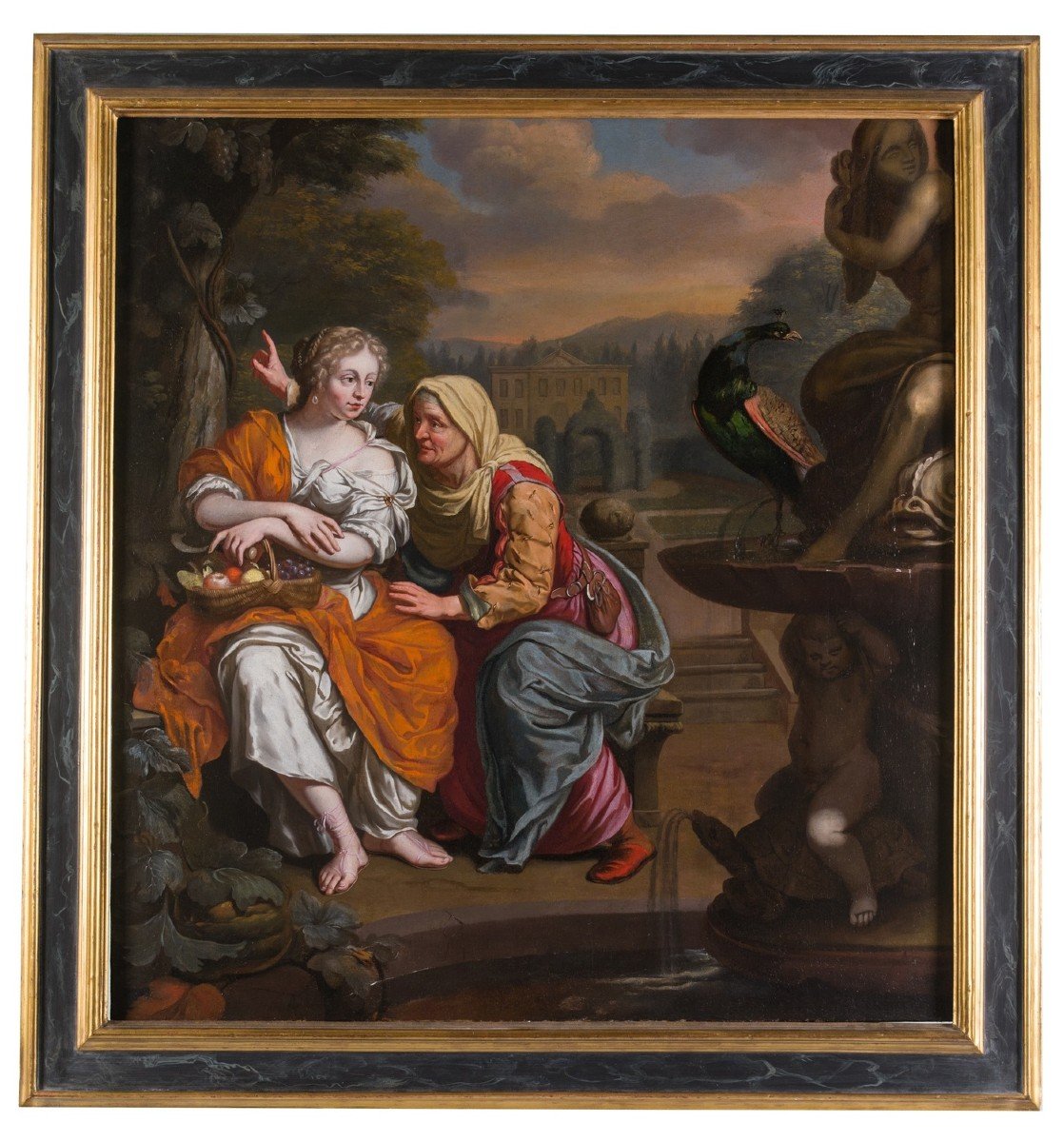
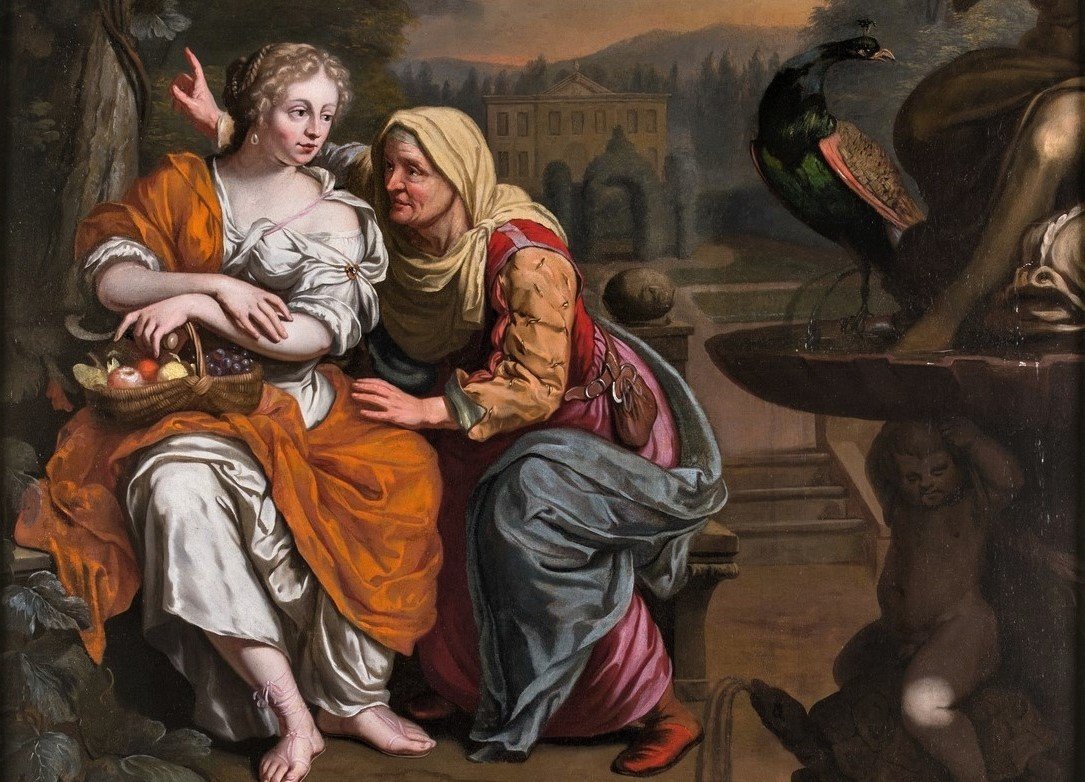
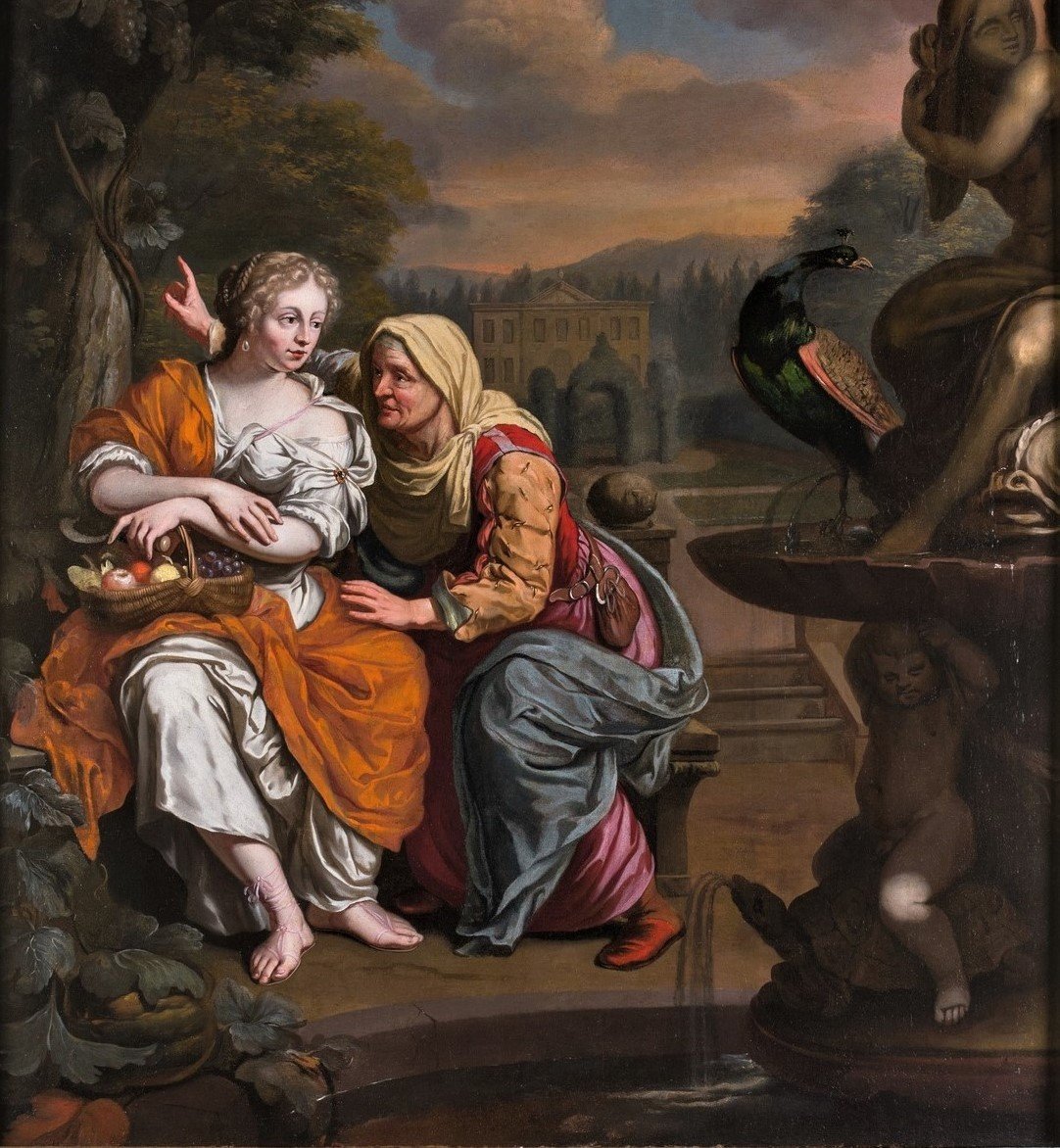
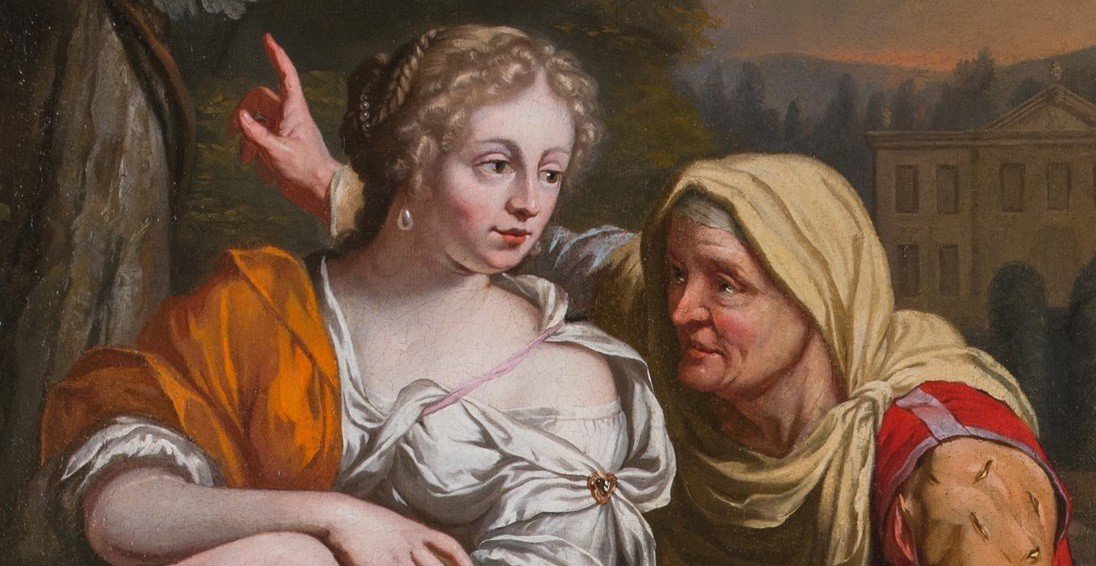

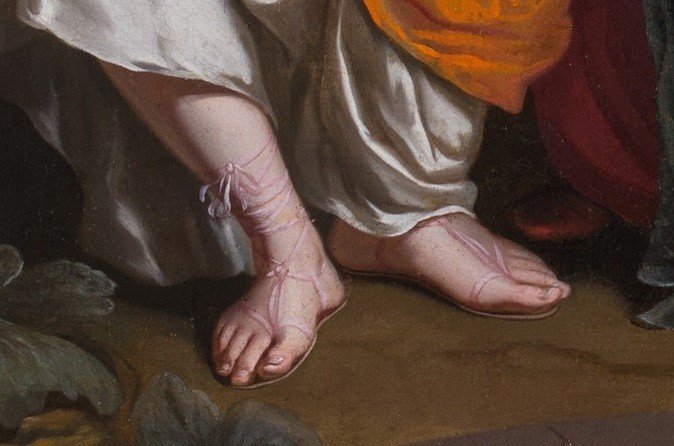














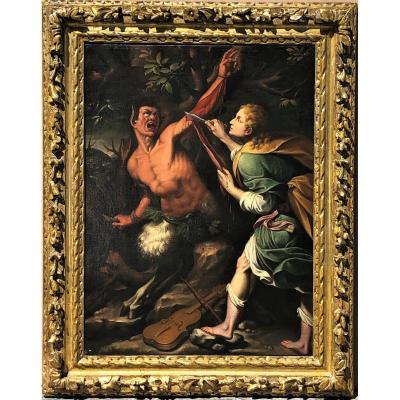





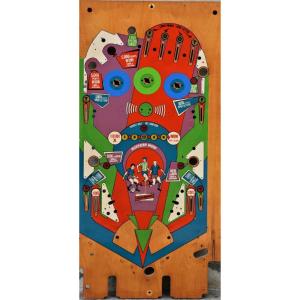


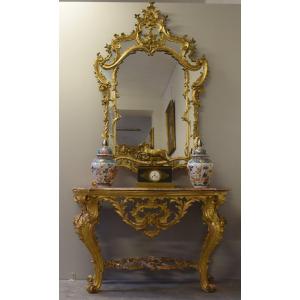
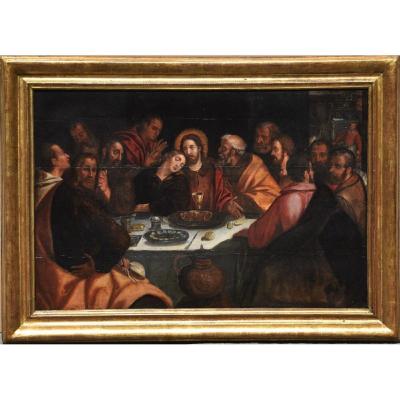
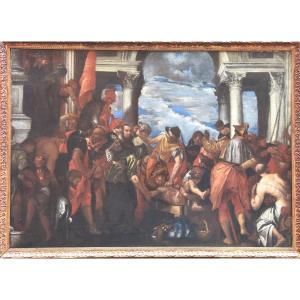
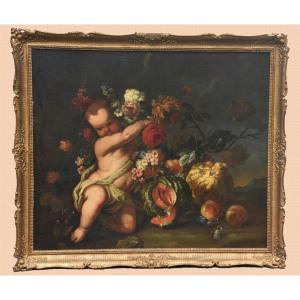

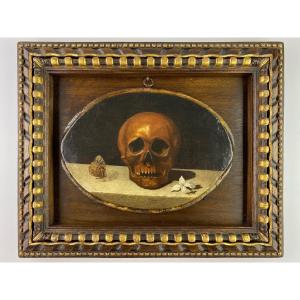
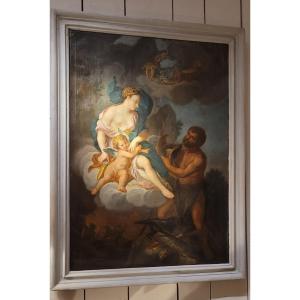
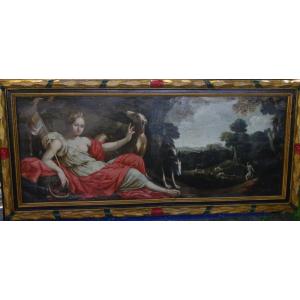
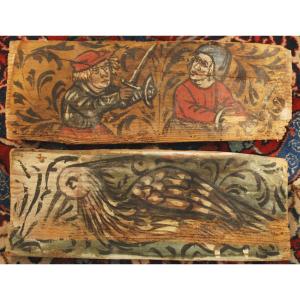
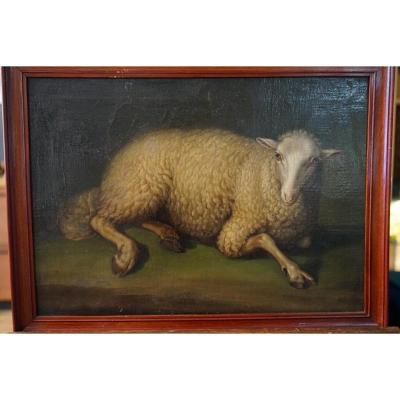




 Le Magazine
Le Magazine Rivista Artiquariato
Rivista Artiquariato TRÉSORS magazine
TRÉSORS magazine